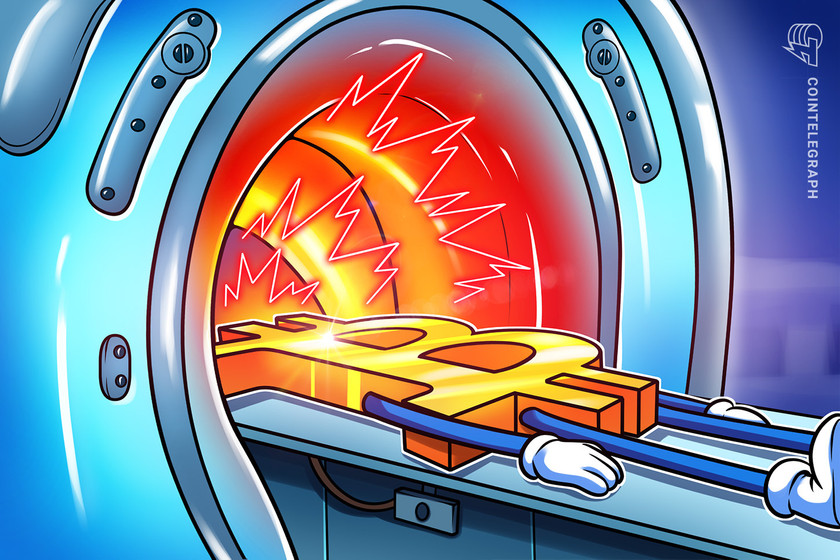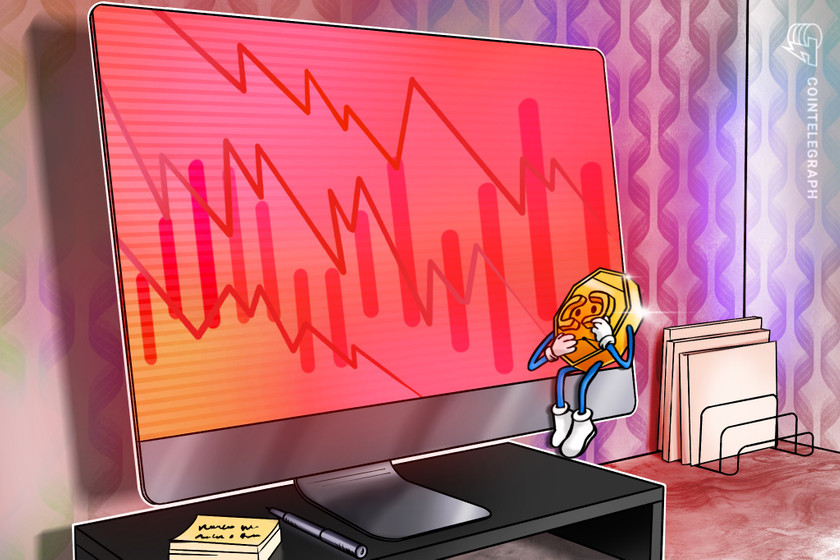USDC investor shells out $2M to receive $0.05 USDT trying to evade crash


While the crypto market responded with a massive sell-off, not all USDC investors were lucky enough to walk away with their funds amid the uncertainty.
Soon after Circle revealed that Silicon Valley Bank did not transfer $3.3 billion of its USD Coin (USDC) reserves, the market responded with a massive sell-off — depegging the stablecoin from the U.S. dollar. However, not all investors were lucky enough to walk away with their funds amid the uncertainty.
To cut losses, investors started selling their USDC tokens in exchange for other stablecoins, such as Tether (USDT). Unfortunately, one transaction highlighted by Crypto Twitter member, BowTiedPickle, shows a USDC investor paid over $2 million to receive $0.05 of USDT.
With USDC insolvency fears rampant, users are fleeing to safety in other stables. Not all of them are going to make it there in one piece, however.
Here’s how one unlucky user paid $2,080,468.85 to receive $0.05 of USDT. pic.twitter.com/R8YdudWfsV
— BowTiedPickle.eth | Solidity Shipper (@BowTiedPickle) March 11, 2023
On-chain investigations revealed that the user had stored the assets in a liquidity pool (LP) — a popular method to earn passive income in cryptocurrencies. The user could have sold his LP tokens for USDT for a 6% slippage. However, they chose to go for a “questionable ” method. As explained by BowTiedPickle:
“The unfortunate soul used the KyberSwap aggregation router to dump a large clip of 3CRV (DAI/USDC/USDT) LP token into USDT.”
Given the race against time, the USDC investor forgot to set his slippage, which allows investors to set an exact price of the token for the transaction to go through. He explained the nuances that eventually led to a maximal extractable value (MEV) bot netting $2.045 million in profit after paying $45 in gas and $39,000 in MEV bribes.


The above episode highlights how human error can result in a permanent loss of funds. While cashing out USDC for fiat or other cryptocurrencies, Cointelegraph advises investors to recheck the information and methods of transfer.
Related: Breaking: Circle discloses $3.3B tied up at Silicon Valley Bank
Soon after Circle confirmed that $3.3 billion was stuck with Silicon Valley Bank, a resultant sell-off of USDC caused the stablecoin’s value to drop below its $1 peg.
1/ Following the confirmation at the end of today that the wires initiated on Thursday to remove balances were not yet processed, $3.3 billion of the ~$40 billion of USDC reserves remain at SVB.
— Circle (@circle) March 11, 2023
At the time of writing, USDC has lost over 10% of its value and trades at $0.8774.




























